Leaving the military is unlike any other job change. The benefits of service extend into every aspect of a service member’s life, making it no surprise that big decisions need to be made when shifting to the civilian sector. A few of the common choices to be considered include location, employment, and how to replace military benefits — it can feel overwhelming. But experts say the key to getting it all done is by breaking the transition down into smaller parts.
Former Air Force reservist Kimo Wong is the Chief Distribution Officer for Armed Forces Benefit Association (AFBA) — an association established in 1947 that provides benefits to the uniformed services, first responders, government employees, and their families, according to its website. Wong has been helping military families with their planning needs for over two decades. He identified employment as a leading worry for new veterans.
“The biggest concern I see is getting viable work when moving from active duty to civilian,” he said. Wong adds “attending fairs, reading things, talking to veterans” can make that transition process smoother.
And planning is essential. Wong recommends that service members use the resources available on base and through private organizations.
“Don’t wing it. While you are in, take advantage of as much of the training that the military will give you. Learn the benefits that are offered to you as a veteran,” he said.
Financial planning information
Financial readiness is another component of the planning process for the more than 200,000 service members that exit the military each year. AFBA created a resource that covers retirement, life insurance, health benefits, savings and investments, and more. The 2020 AFBA Financial Planning Guide offers more than 100 pages of information, from reference material to planning worksheets — all designed to help veterans and their families reach financial goals.
It can be accessed at https://www.afba.com/tools-resources/afba-financial-planning-guide and is available at no cost.
The guide is free for AFBA’s 650,000 members and their families.
Life insurance decisions
Among the hard questions to answer when leaving the military is about life insurance needs. Service members have access to low-cost coverage through the Servicemembers Group Life Insurance Program (SGLI), and their spouses may elect coverage through the Family SGLI program (FSGLI). However, SGLI and FSGLI may not be enough coverage during service and both plans are lost upon leaving the military.
Wong suggests that whether you’re in the middle of a military career or nearing the end, don’t wait to make insurance decisions.
“Get ahead of it — don’t wait until transition to start that new policy,” he said.
And many families may need more than SGLI during their military service. If so, Wong recommends ”supplementing SGLI with additional life insurance from another company while on active duty then, in lieu of the VGLI option, keeping that coverage after separation or retirement.”
He adds that all insurance options should be researched and evaluated ahead of the military transition.
“Don’t wait until VGLI is the only place you look. VGLI is much more expensive than a commercial carrier.”
Buying life insurance can be confusing, and it’s hard to know where to get good advice. Organizations exist to help walk members of the military community through the decision-making process.
“Go to an organization that was created for the benefit of the military member. Use them for advice, and also look at their products,” Wong said.
Military veterans have access to dozens of benefits, but the amount of information to sort through can be overwhelming on top of looking for a next career and deciding where to plant roots. It is among the reasons AFBA made a resource that is easy to digest and contains the most pertinent resources for financial planning.
Moving from the military to the civilian world is a big change. Veterans can make it easier, and more successful, by moving through the process one step at a time.
Visit https://www.afba.com for products and resources for financial planning.
Read comments







































